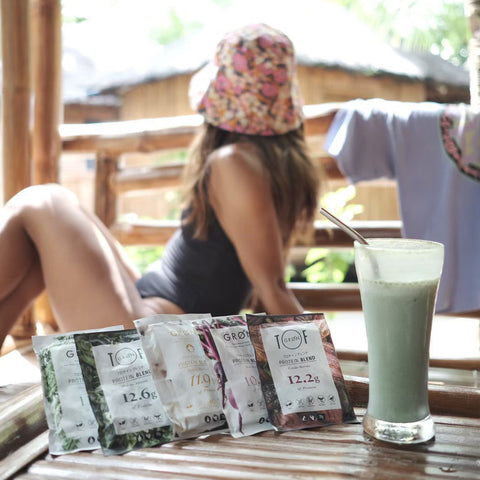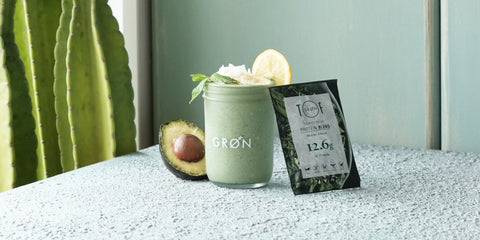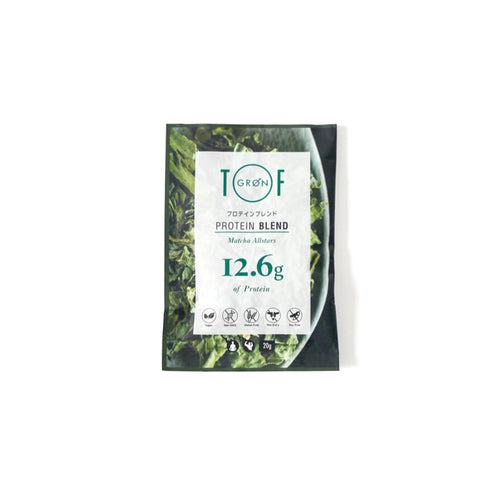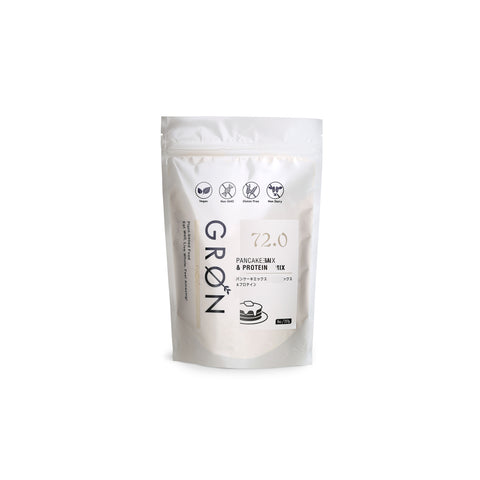"Probiotics and Prebiotics" in the Intestinal Health Column by a Nutritionist Vol. 72 (Part 2)
In the first part, we explained how the intestines and bacteria are closely related and support the development of our bodies.
In the second part, we will talk about the keywords essential for intestinal health , "probiotics and prebiotics," and the notable ingredient "biogenics."
How to increase good bacteria?
The key to improving your intestinal environment is to increase the number of good bacteria in your intestines.
The intestinal environment can be disrupted by stress, but it is your daily diet that has the biggest impact.
To improve intestinal environment, it has been proposed to take "probiotics," which contain good bacteria that are beneficial to the body, and "prebiotics," which serve as food for those good bacteria, together as "synbiotics," to achieve a synergistic effect.

Probiotics: beneficial bacteria that function through intestinal flora
According to the FAO/WHO definition, probiotics are "live microorganisms that, when taken in sufficient amounts, confer a beneficial effect on the host".
In other words, it refers to microorganisms (such as lactic acid bacteria) that balance the intestinal bacteria and have beneficial effects on humans, as well as foods that contain them .
By taking probiotics directly, your intestinal flora will be stabilized, creating an environment conducive to the proliferation of good bacteria.
Foods that contain probiotics include yogurt, lactic acid bacteria drinks, cheese, and fermented foods such as natto, pickled vegetables, miso, and amazake.
Fermented foods are representative of probiotics made by microorganisms.
Among them, bifidobacteria, which have strong antibacterial properties, are said to be more effective than lactic acid bacteria.
Many of you may have heard the phrase "it reaches the intestines alive."
Although good bacteria may exist in the intestines for a certain period of time, they do not establish themselves.
Taking it every day on a regular basis is also important for maintaining a healthy intestinal environment.

Prebiotics: Food ingredients that function by promoting the proliferation of beneficial bacteria
Prebiotics are "non-digestible food ingredients that have a positive effect on the body and improve health by altering the growth and activity of intestinal bacteria."
It serves as food for probiotics such as lactic acid bacteria and bifidobacteria, and is said to promote the growth of beneficial bacteria, regulate the intestines, and promote mineral absorption.
Food ingredients include oligosaccharides and dietary fiber .
In particular, oligosaccharides are known to increase the number of bifidobacteria.
Oligosaccharides reach the large intestine without being digested or absorbed, and serve as food for bifidobacteria, increasing the number of good bacteria.
Foods that contain oligosaccharides include soybeans, onions, burdock, garlic, asparagus, and bananas.
Recently, there are many products on the market that are designated as foods for specified health uses (Tokuho), so it is also effective to make use of these.
However, if you suddenly consume oligosaccharides, you may experience diarrhea or abdominal bloating.
We recommend that you reduce the amount you take at one time and consult with your body.
Dietary fiber is also food for good bacteria.
There are two types of dietary fiber: soluble, which dissolves easily in water, and insoluble, which does not dissolve easily in water. Both types can be expected to have effects such as improving constipation.
Water-soluble dietary fiber, which is highly fermentable, is particularly effective in promoting the growth of good bacteria.
It is mainly found in plant-based foods such as grains, beans, vegetables, fruits, mushrooms, and algae.

According to the government's "Dietary Reference Intakes for Japanese (2020 edition)," the daily target amount of dietary fiber for adults is 21g or more for men and 18g or more for women.
However, the actual average daily intake is around 14g, which is insufficient.
It is clear that modern people's dietary fiber intake has decreased since it exceeded 20g per day around 1950.
As a first step, we recommend that you consciously consume dietary fiber, aiming for an extra 3 to 4 g per day.
Probiotics × Prebiotics = Synbiotics
As mentioned earlier, " synbiotics " are a combination of probiotics and prebiotics.
It is said that taking live beneficial probiotics and prebiotics, which serve as food for the beneficial bacteria, at the same time can more effectively improve your intestinal environment.
Synbiotics can be easily incorporated into your diet.
For example, you could use mushrooms as ingredients in your miso soup, or combine yogurt with bananas.
We also recommend a smoothie made with GRØN's Green Monster , which contains sweet sake.
▶ GRØN's Green Monster Recipe - Simple and Easy Green & Banana Smoothie

What is the popular ingredient "Biogenics"?
It has long been said that synbiotics, the combination of probiotics and prebiotics, are beneficial to the body, but in addition to these, a noteworthy ingredient called " biogenics " has also emerged.
Biogenics is defined as "food ingredients that act directly on the body without going through the intestinal flora, and have a range of effects including immunostimulation, cholesterol-lowering, blood pressure lowering, intestinal regulation, antitumor, antithrombotic, and hematopoietic effects, as well as biological regulation, biological defense, disease prevention and recovery, and anti-aging. Food ingredients include lactic acid bacteria peptides, lactic acid bacteria-produced bioactive peptides, plant flavonoids, DHA, EPA, vitamins A, C, and E, β-carotene, and CPP" (from the Society of Intestinal Microbiology).
In other words, it refers to ingredients that act directly and efficiently on the body without going through the intestinal flora .
A prime example of this is lactic acid bacteria production substances .
▼ Lactic acid bacteria production substances
Lactic acid bacteria production substances are a general term for substances that are metabolized when lactic acid bacteria multiply.
Lactic acid bacteria are easily affected by gastric juices and cannot colonize the intestines.
On the other hand, substances produced by lactic acid bacteria are not affected much by gastric juices and settle in the intestines, where they are absorbed directly into the body.
It is said to have effects such as improving the intestinal environment, lowering cholesterol, regulating the immune system, and improving the skin.

The main causes of an imbalance in the intestinal environment are believed to be lack of exercise, stress, aging, antibiotics, and poor diet.
Thinking too much can cause stress and have a negative effect on your intestines.
In addition to having a diet that pleases your intestinal bacteria, we should also incorporate a lifestyle that includes enjoyable meals, exercise, and relaxation to maintain a healthy intestinal environment.
Click here to purchase GRØN , a plant-based protein that also contains dietary fiber.
——————————————————
Nutritionist, Food Education Instructor, Food 6th Industrialization Producer Level 4
Ayako Ishihara
A nutritional advisor in the healthcare field and an agribusiness professional.
She is involved in a variety of activities specializing in the fields of beauty and health, including giving lectures to Miss World Japan candidates.
With the philosophy of "enriching the mind and body through food and realizing a vibrant society where people and communities are connected," he founded i-Field Co., Ltd. in 2013 and serves as its representative.
He is a core member of the food team for "DINING OUT," which opens outdoor restaurants in various regions, and also participates in fashion brand projects.
She is also involved in the promotion of local ingredients, product development and production specializing in "health" and "beauty," branding, concept design, food hygiene, sales promotion, training planning and management, etc. She is in charge of nutritional supervision for GRØN's product development, proposing ways to incorporate them more effectively into consumer health.
——————————————————




























































